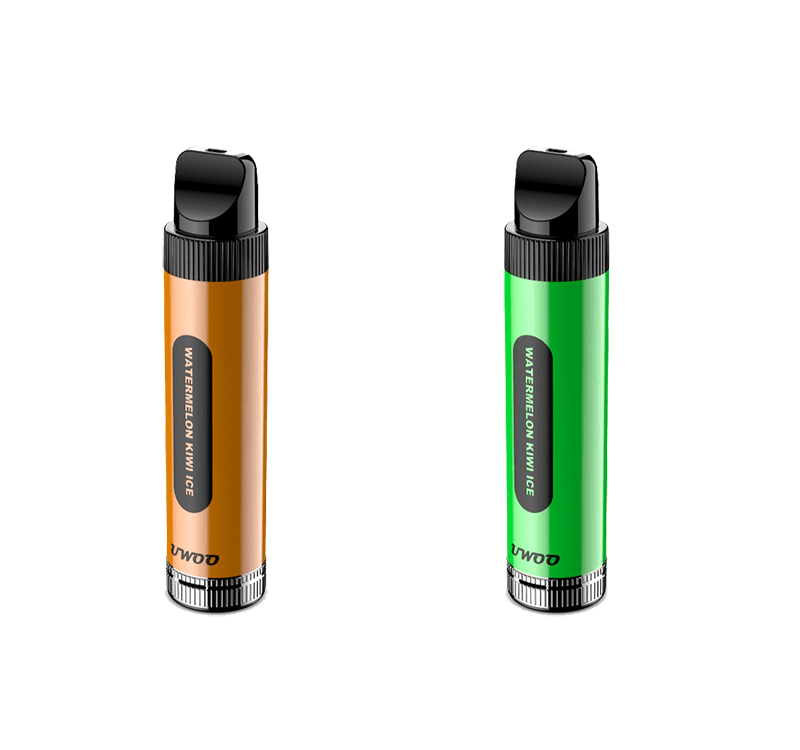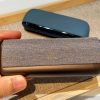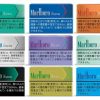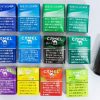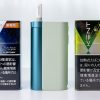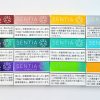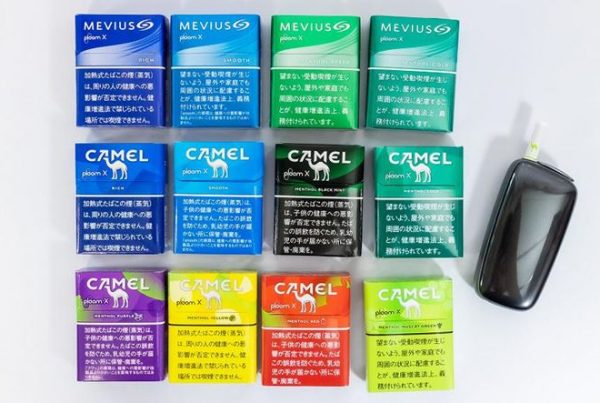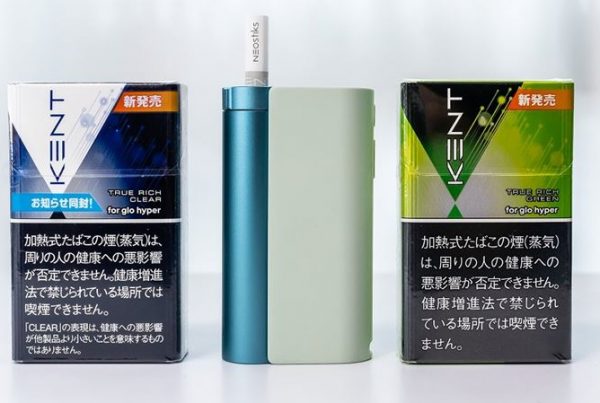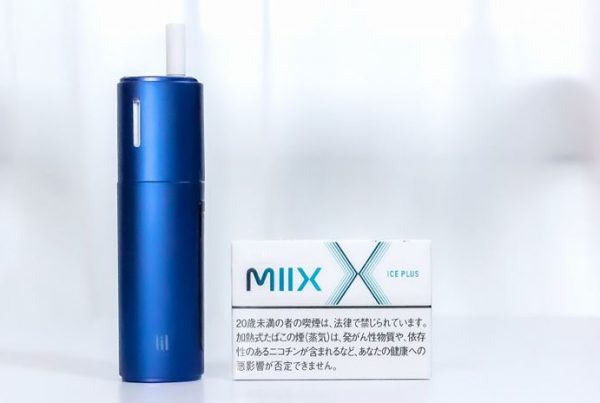The battery is a very important accessory of electronic products. The heat not burn device is also a high-tech electronic device. The battery is its main energy source, providing power for the main device, heating the heating body, and making the heating needle/heating sheet/heating cup work. .
The quality of the battery directly determines the quality and safety of the heat-not-burn equipment. The famous explosion of a certain star’s mobile phone battery is still frightening when I think about it. Batteries are critical.
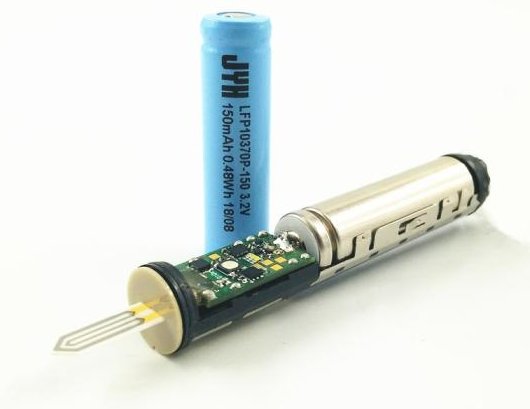
Battery and Disassembled heat not burn device
1. Battery classification
At present, unlike electronic cigarettes, disposable batteries or recyclable batteries are used, and the batteries used for heat not burn are recyclable batteries. Businesses who pay attention to product quality must use high-quality batteries to ensure product safety and durability.
Such high-quality batteries require the following characteristics:
1. High battery technology content;
2. The battery is shipped in a semi-electric state, and the storage state is stable;
3. Relatively low resource consumption;
4. Can make full use of fast charging technology and high cycle technology;
To meet the above conditions, lithium batteries deserve to be the first choice.
2. the characteristics of lithium batteries
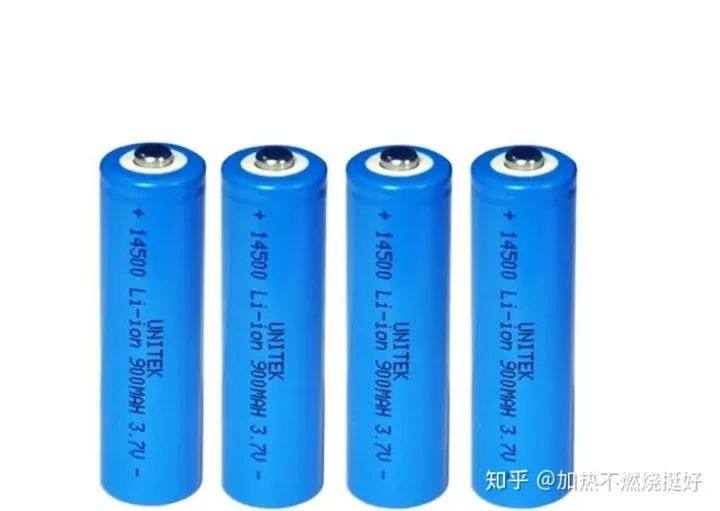
14500 batteries
Because it does not contain toxic and harmful substances such as cadmium, lead, and mercury, lithium batteries are also called green batteries and are the choice of many electronic products today.
So what are the salient features of lithium batteries?
1) Large capacity , the capacity of lithium battery is generally between 1200mah~3600mah, while the general battery capacity is only about 800mah;
2) Long service life , the cycle life of normal use can reach more than 500 times, or even more than 1000 times, which is more than twice that of ordinary batteries, so the service life of lithium batteries is very long;
3) High safety performance, high safety performance of lithium battery, no explosion, no combustion, no toxicity, no pollution; good high temperature resistance, discharge efficiency of 100% at 65°C. Especially for devices that require long-term high-frequency heating such as heat-not-burn, lithium batteries are the best energy-driven choice.
4) High voltage , the voltage of lithium battery is generally between 3.6V~4.2V, much higher than nickel-cadmium and nickel-hydrogen batteries;
5) No memory effect , no need to empty the remaining power before charging, easy to use;
6) Low self-discharge rate and low battery self-consumption, thus prolonging the standby time of the product and avoiding the trouble of frequent charging.
3. Battery selection for heat not burn products
The selection of heat not burn batteries requires many considerations, such as shape, size, electrical performance, environmental performance, and safety performance.
- Appearance: According to the appearance and structure design of the heat not burn equipment, the battery shape selection is also different. Common ones are square batteries and cylindrical batteries.
- Size: The size of the battery needs to be determined by the structural design of the device. The size of the battery in the thickness direction must reserve enough space for battery expansion to ensure sufficient electricity safety.
- Electrical performance: The general heat not burn device battery needs to meet the 300-cycle cycle, too high energy ratio requirements will reduce the consistency and safety of the battery.
- Environmental performance: The use environment of -20°C~60°C should take into account the use environment and charging environment of the battery, and the low temperature state is not conducive to charging.
- Safety performance: Lithium batteries in different regions need to meet different standards, such as GBT31241 standards, IEC62133 standards, UL1642 standards, etc.
Ps. A qualified lithium-ion battery should meet the following conditions in terms of safety performance:
(1) Short circuit: no fire, no explosion
(2) Overcharge: no fire, no explosion
(3) Hot box test: no fire, no explosion (150℃ constant temperature for 10min)
(4) Needle piercing: no explosion (penetrate the battery with a Ф3mm nail)
(5) Flat impact: no fire, no explosion (a 10kg weight hits the battery from a height of 1M)
(6) Incineration: no explosion (gas flame grill battery)
However, due to the improvement of the current process, qualified lithium batteries are already very safe. Only batteries that meet these aspects can be selected as HNB batteries.
4. fast charging – heating not burning battery is a must in the future
Heat not burn equipment needs to be able to meet the needs of various safety performances, as an electronic equipment, and the frequency of use is also high, it needs to have a fast charging function.
If the product is used for a month, and the battery life is only 80% or even unusable, there is no doubt that it is unqualified. Qualified batteries should, like electronic products such as mobile phones, decay within the normal threshold after a period of use is normal.
The battery of heat not burn device can realize fast charging, and long cycle is a development direction in the future.
Now the heat not burn products on the market tend to support multiple continuous pumping, and the requirements for battery capacity are also greater. Since the products all use built-in batteries, the appearance size of the product is bound to be affected.
However, there is something to be gained. The smaller the appearance, the smaller the battery capacity will be; the larger the appearance, the larger the battery capacity. Consumers must have their own preferences when choosing products, and the availability of diversified products also gives consumers more choices. However, using high-quality and safe batteries and keeping the bottom line of product safety are the basic rules that we should follow together.


